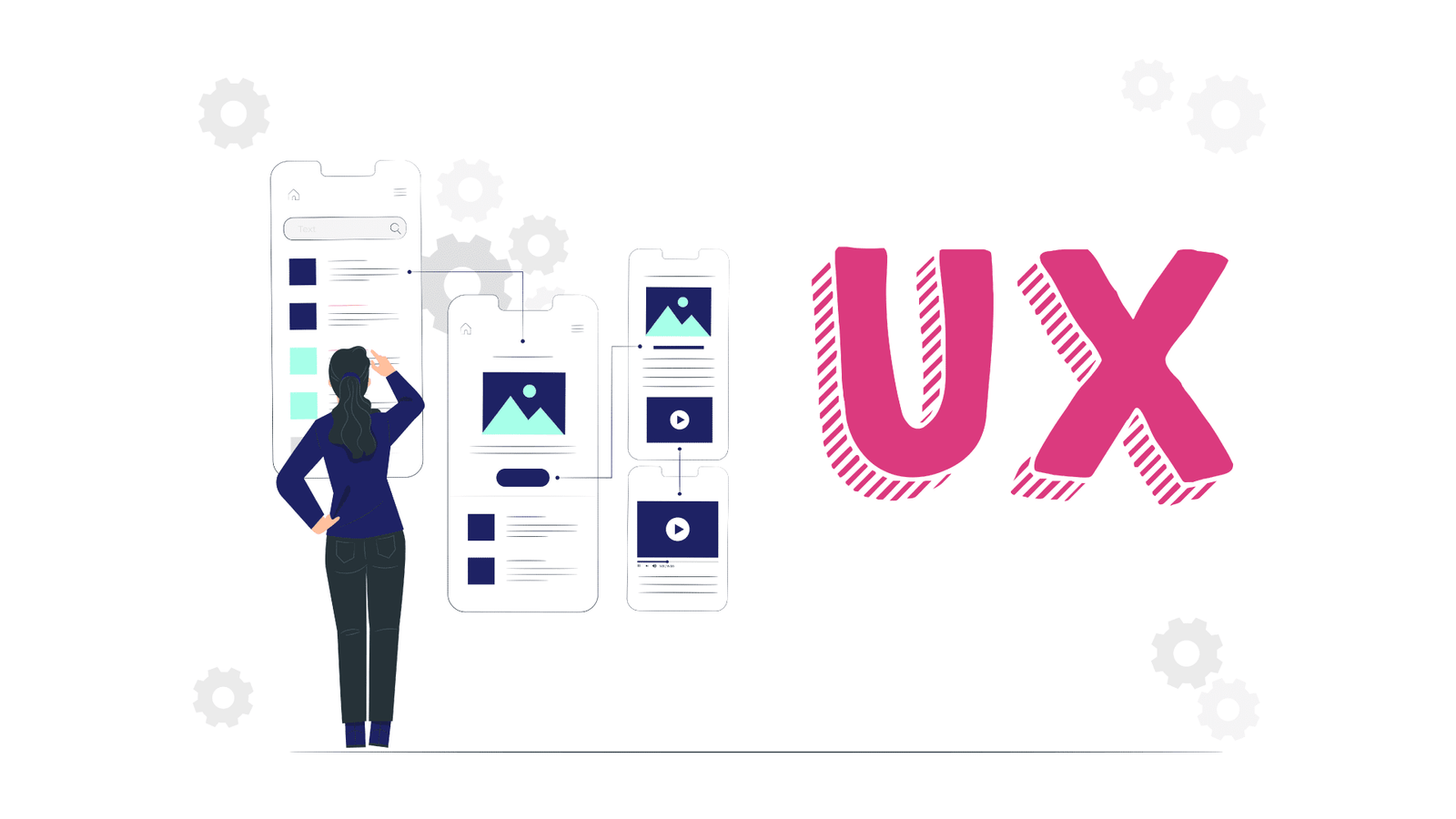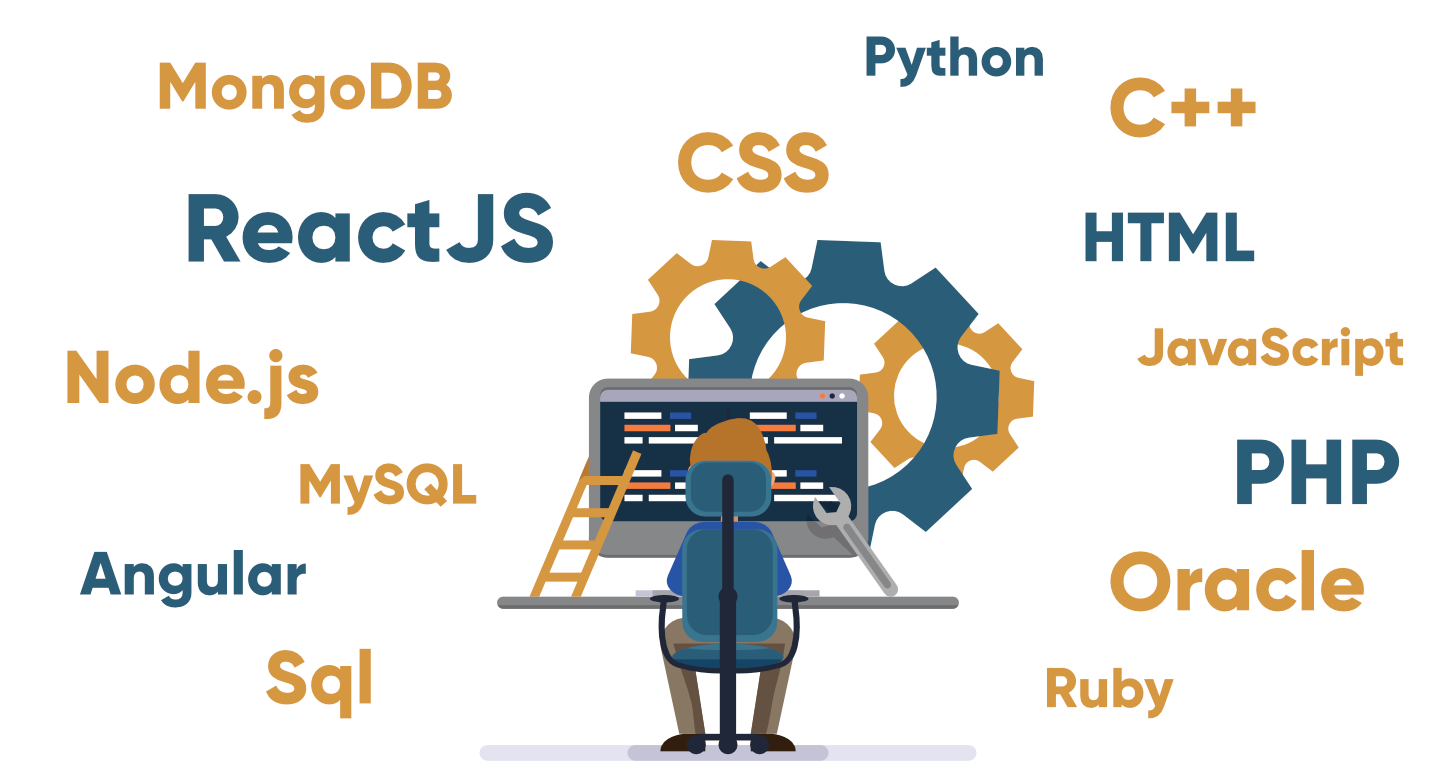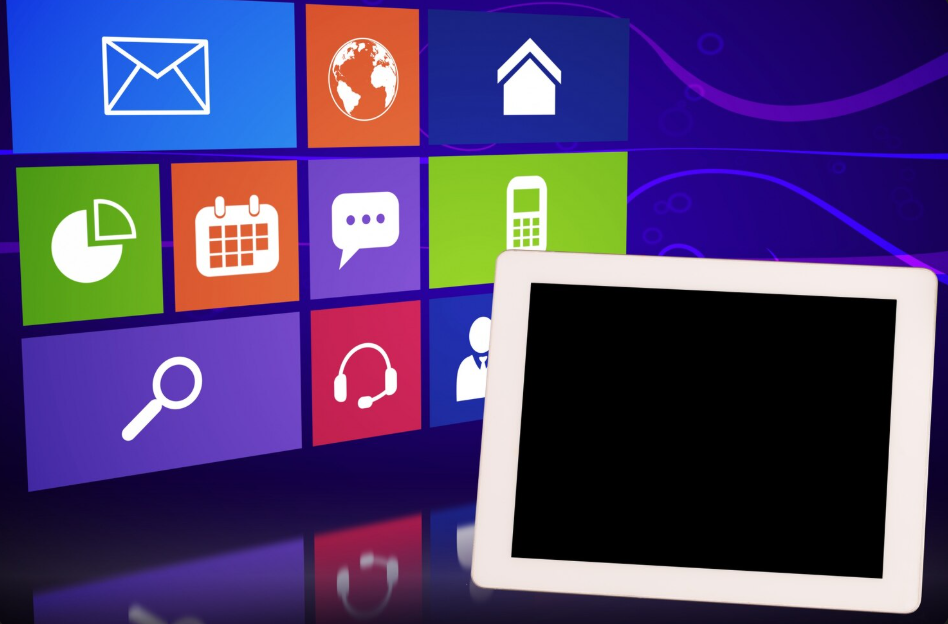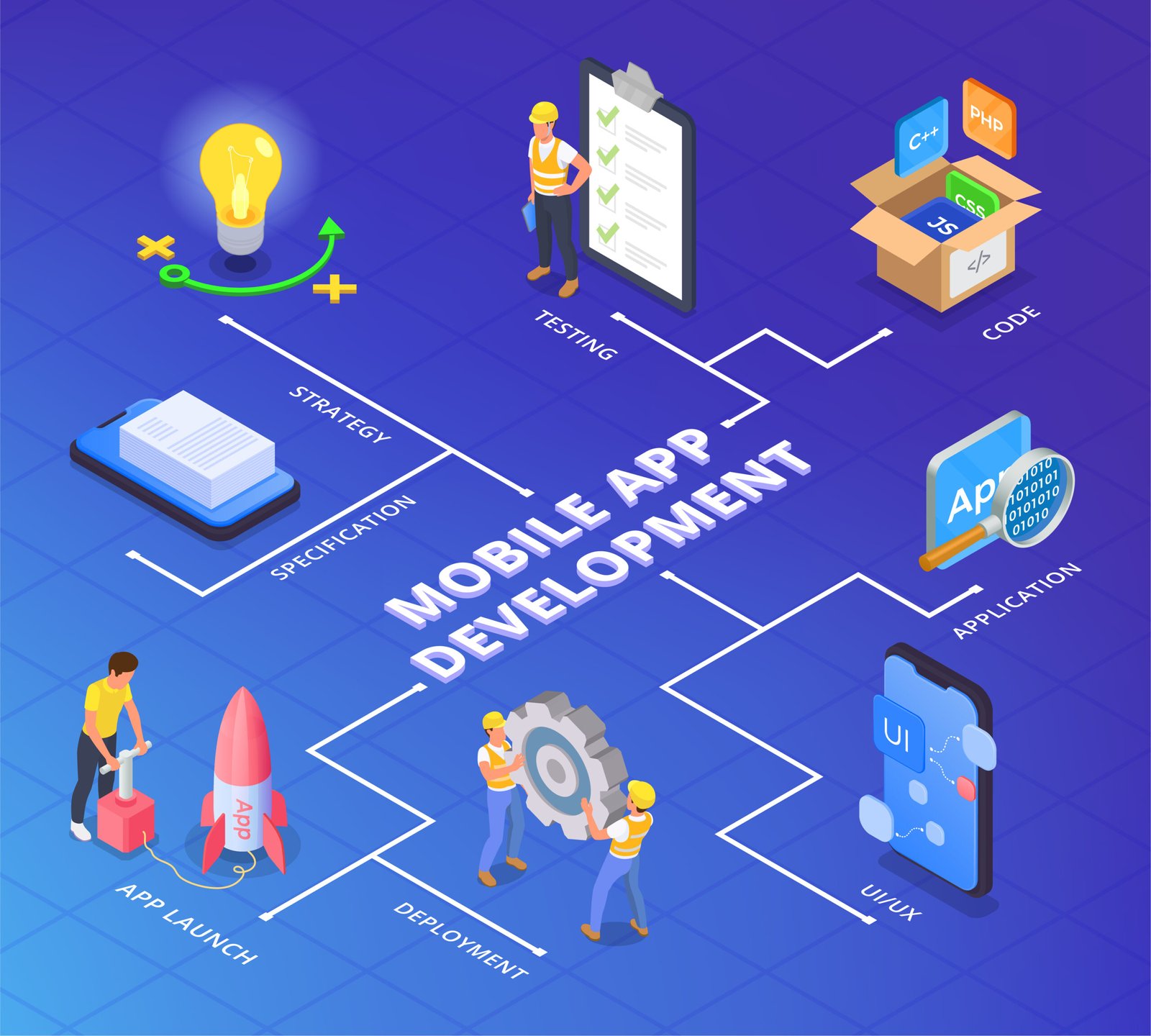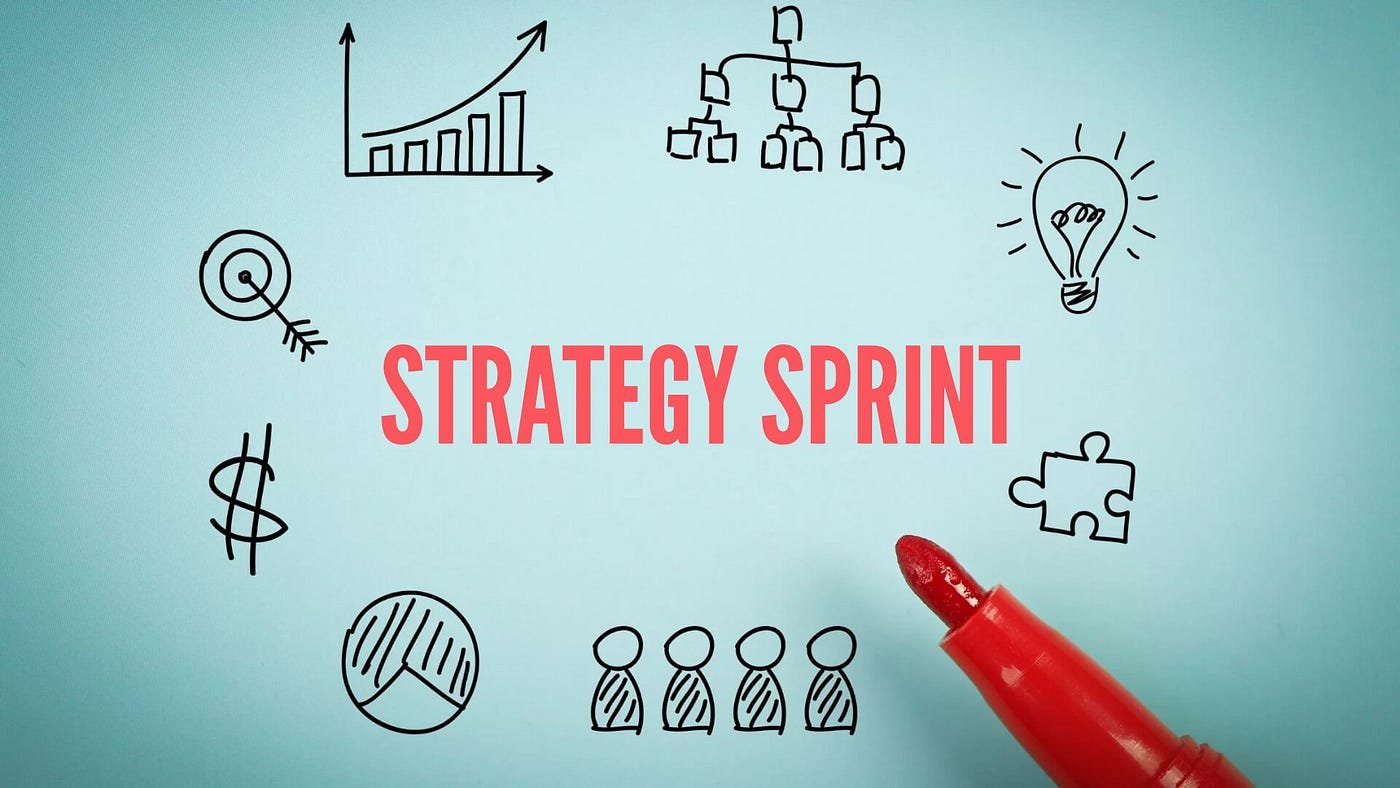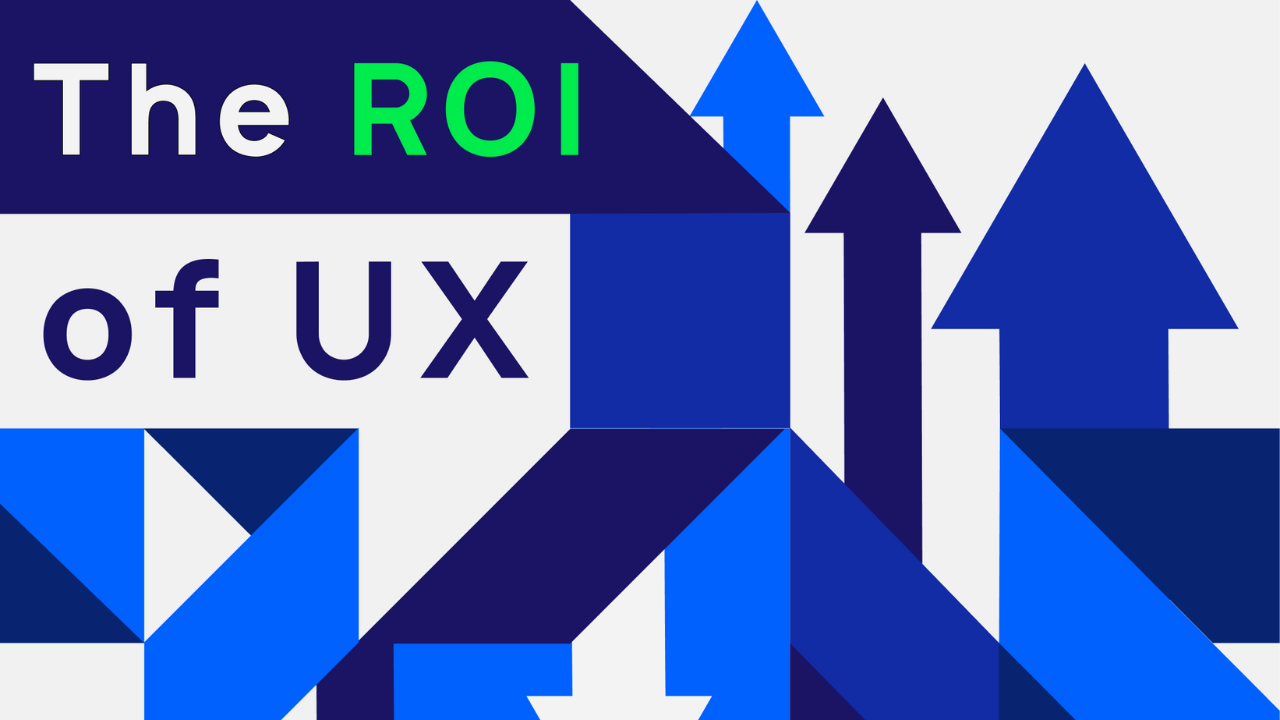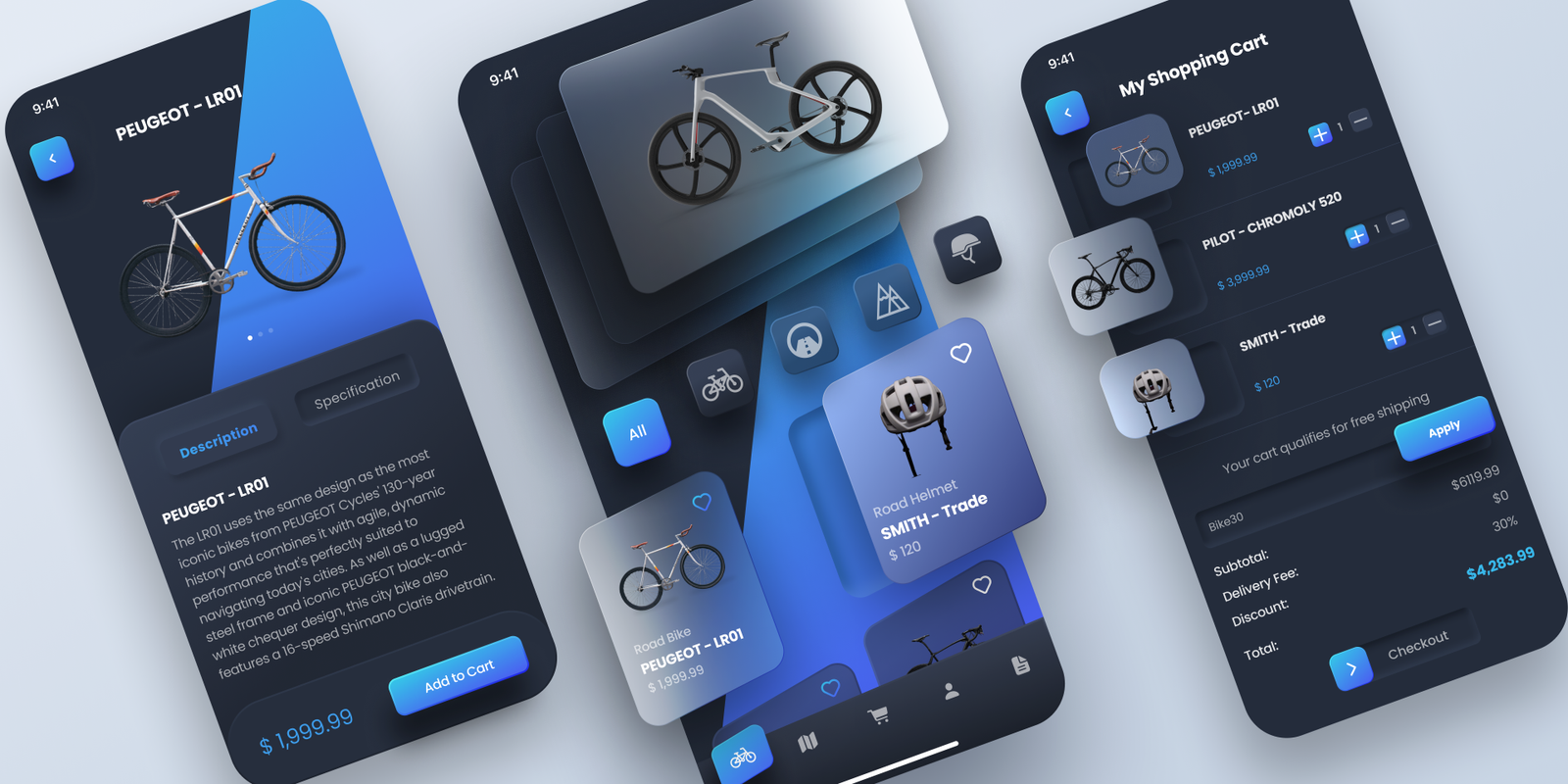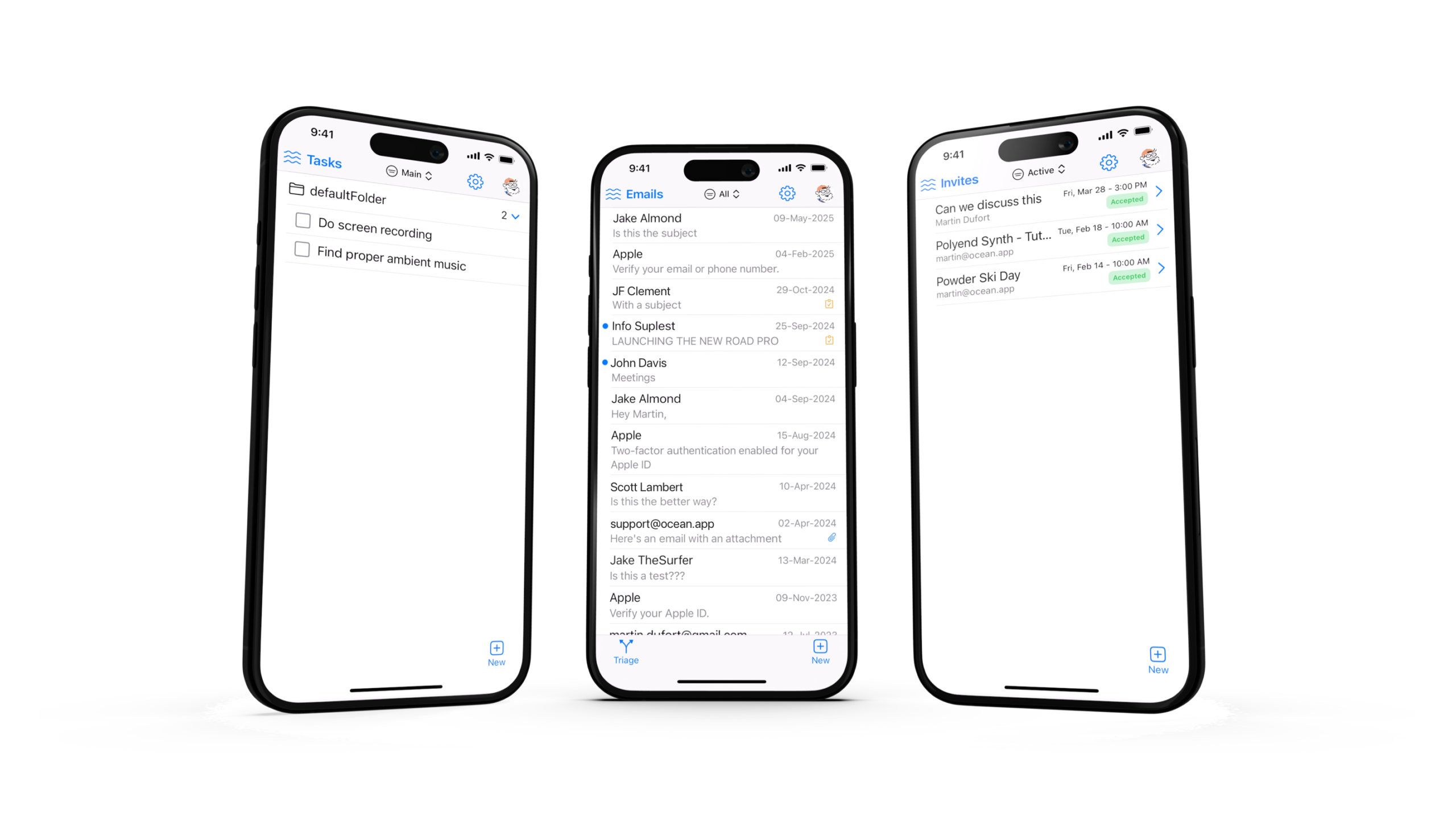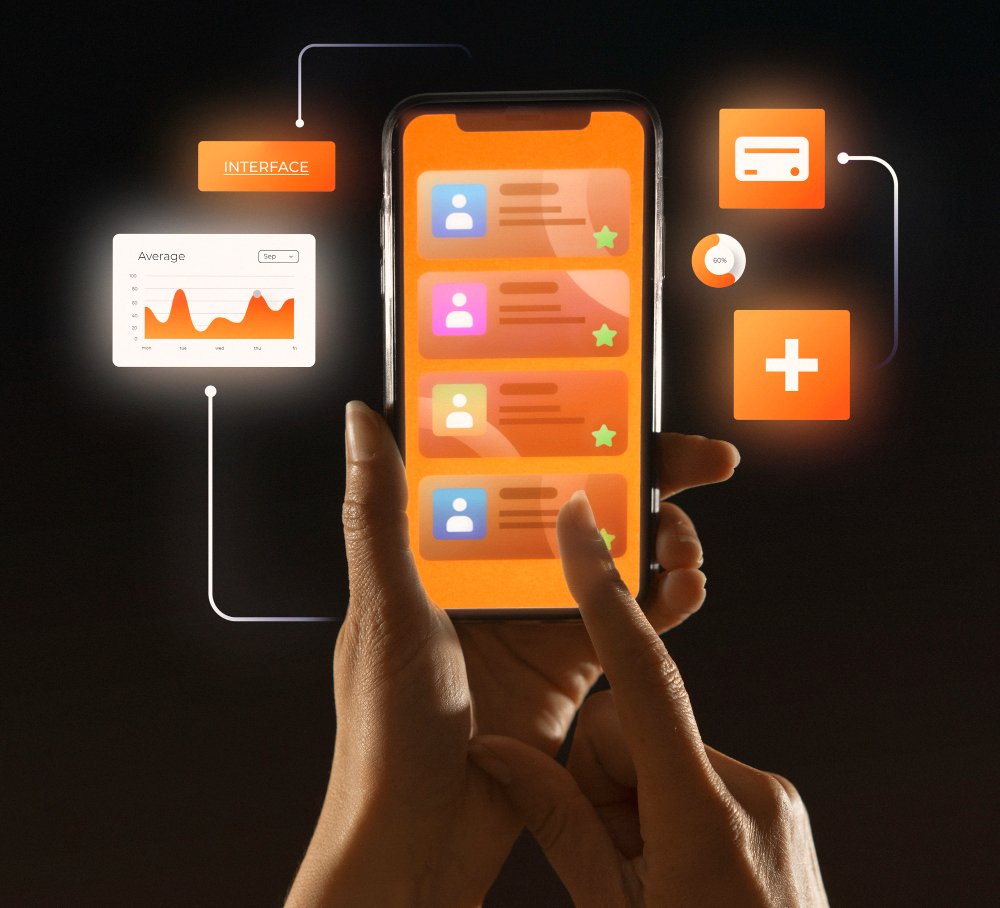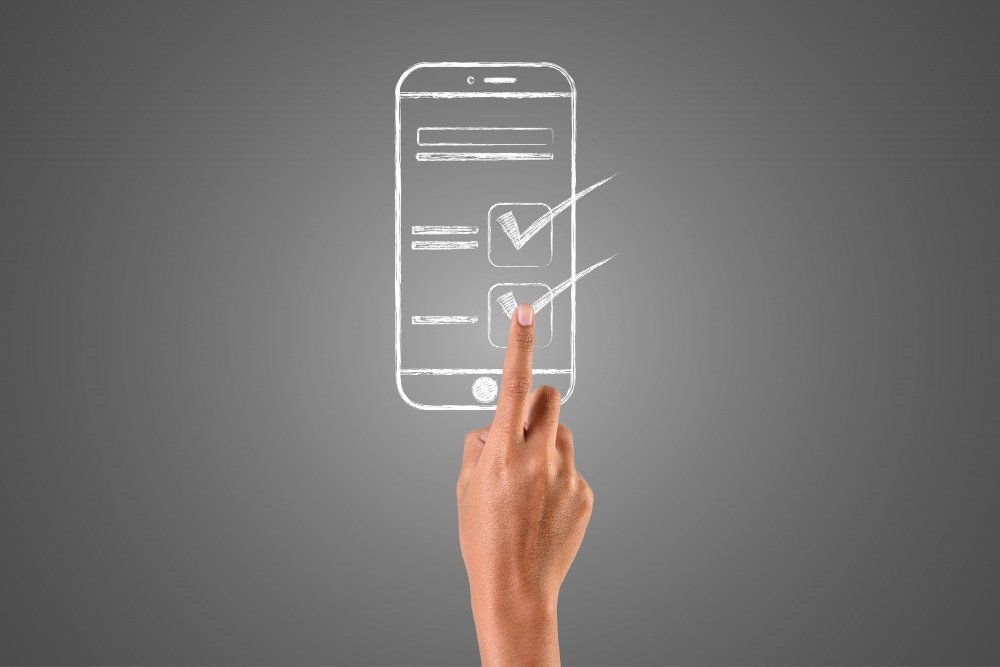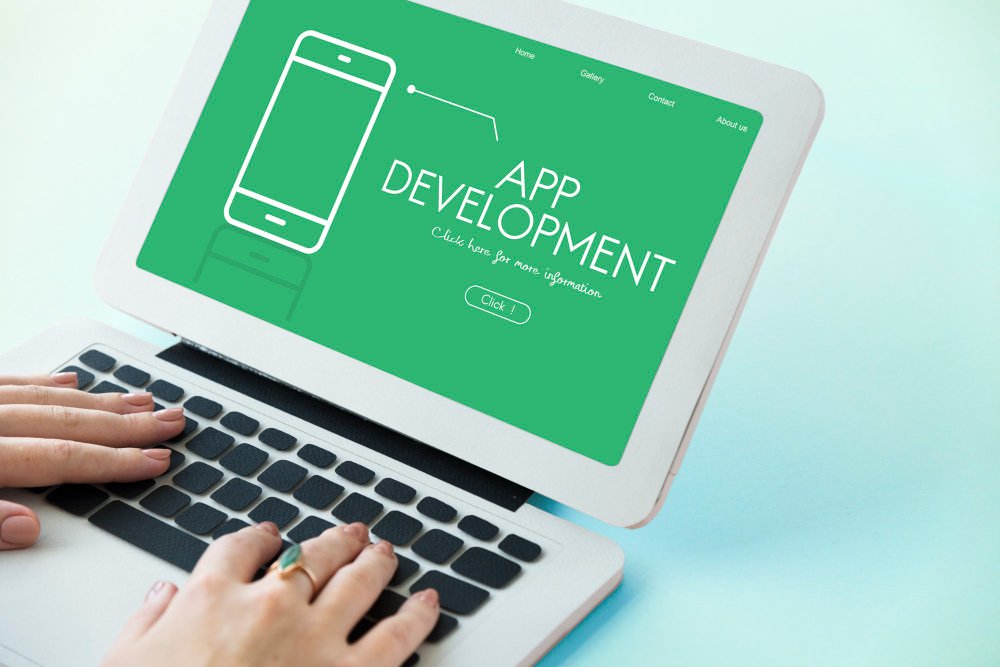In today’s dynamic market, predicting future customer demand has become essential for maintaining efficiency and profitability. Demand forecasting software allows businesses to anticipate sales trends, manage inventory effectively, and make data-driven decisions. By integrating artificial intelligence and machine learning, companies can build a system that transforms raw data into accurate forecasts and actionable insights.
Define Objectives and Requirements
The first step in building a demand forecasting software is to clearly define its purpose. Businesses must identify what products or services they need to forecast, the time frame of forecasting—whether daily, weekly, or monthly—and the specific business goals, such as reducing overstocking or improving production planning. Setting clear objectives ensures that every technical and analytical decision aligns with real-world business needs.
Collect and Prepare Data

Accurate forecasting depends on reliable data. Companies should gather historical sales data, inventory details, marketing campaigns, and even external factors like weather patterns, festivals, or regional events that influence demand. Once collected, the data must be cleaned and prepared by removing duplicates, handling missing values, and ensuring consistency in formatting. High-quality data forms the foundation of every effective forecasting system.
Select the Right Forecasting Model
Choosing the right forecasting model is crucial for achieving accuracy. Traditional statistical models like ARIMA and Exponential Smoothing work well for simpler time-series data, while machine learning models such as Random Forest or XGBoost can handle complex patterns and multiple variables. For large-scale or rapidly changing datasets, deep learning models like LSTM or Prophet deliver high precision. Sometimes, combining statistical and AI-driven models can yield even better results.
Build the Software Architecture
Once the model is chosen, the next step is to design a scalable software architecture. A robust backend built using Python or Node.js can manage data processing, while a React or Angular-based frontend can display insights in real-time. Databases like PostgreSQL or MongoDB can store structured and unstructured data, and cloud platforms such as AWS or Google Cloud make model deployment easier. Integrating APIs allows smooth data flow between systems like ERP, CRM, and inventory management tools.
Train, Test, and Validate the Model
After setting up the architecture, the model needs to be trained using historical data and tested for accuracy. The dataset is divided into training and testing sets to measure performance using metrics like Mean Absolute Error (MAE) or Root Mean Square Error (RMSE). Regular validation ensures that the model adapts to changing trends and continues to produce reliable forecasts. Automated retraining can be implemented to keep the model up-to-date with the latest data.
Design a User-Friendly Dashboard
A well-designed dashboard turns complex data into simple, actionable insights. The interface should display clear visuals of predicted demand compared to historical trends, highlight key product or regional insights, and allow users to filter results as needed. Features like downloadable reports, alerts for unusual demand spikes, and AI-generated recommendations make the system both functional and intuitive.
Deploy and Monitor the System
Deployment brings your demand forecasting software into real-world use. Platforms like AWS SageMaker or Google Vertex AI simplify model deployment and scaling. Once live, continuous monitoring is necessary to ensure performance stability, forecast accuracy, and system uptime. Automated alerts can help identify when the model’s accuracy drops or when data pipelines face delays, allowing quick corrective action.
Ensure Security and Compliance
Since forecasting involves handling sensitive business data, maintaining security is essential. The software should include encryption methods like AES-256, role-based user permissions, and compliance with global data protection regulations such as GDPR. These measures build trust and ensure that both internal teams and customers can rely on the integrity of the system.
Continuous Improvement and Optimization
Demand forecasting is an ongoing process that evolves with market behavior. Regularly updating datasets, retraining models, and analyzing feedback from users helps improve forecasting accuracy. Integrating new data sources like social media trends or supply chain insights can further enhance performance, making the system smarter and more responsive over time.
Building a demand forecasting software is a perfect blend of data science, software engineering, and strategic thinking. With AI-powered insights and modern analytics, businesses can shift from reactive operations to proactive planning. At UXDLAB, we help organizations design intelligent forecasting solutions that predict demand, reduce waste, and drive profitability. Partner with us to turn your data into a competitive advantage and lead with confidence in an unpredictable market.



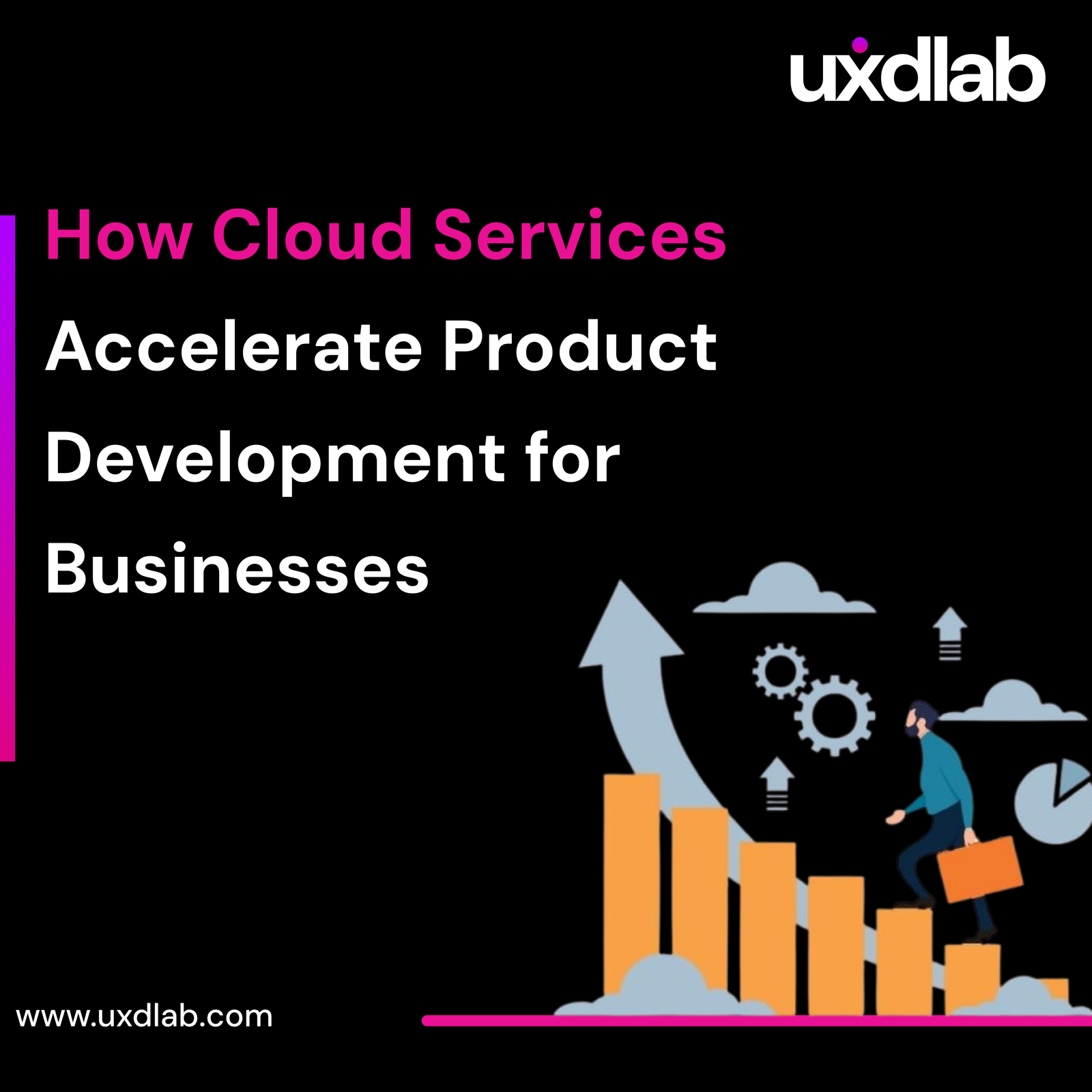

































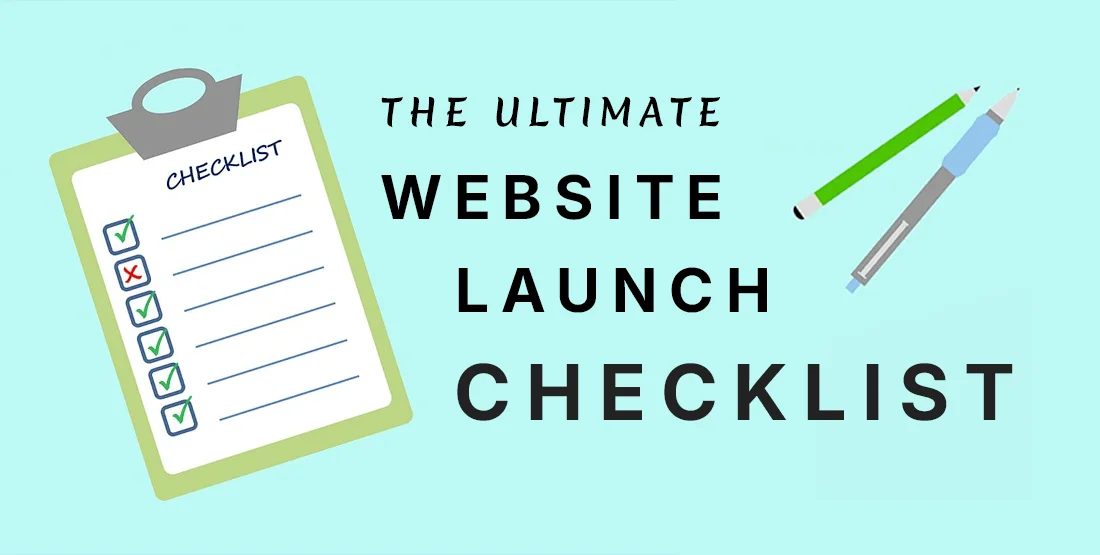


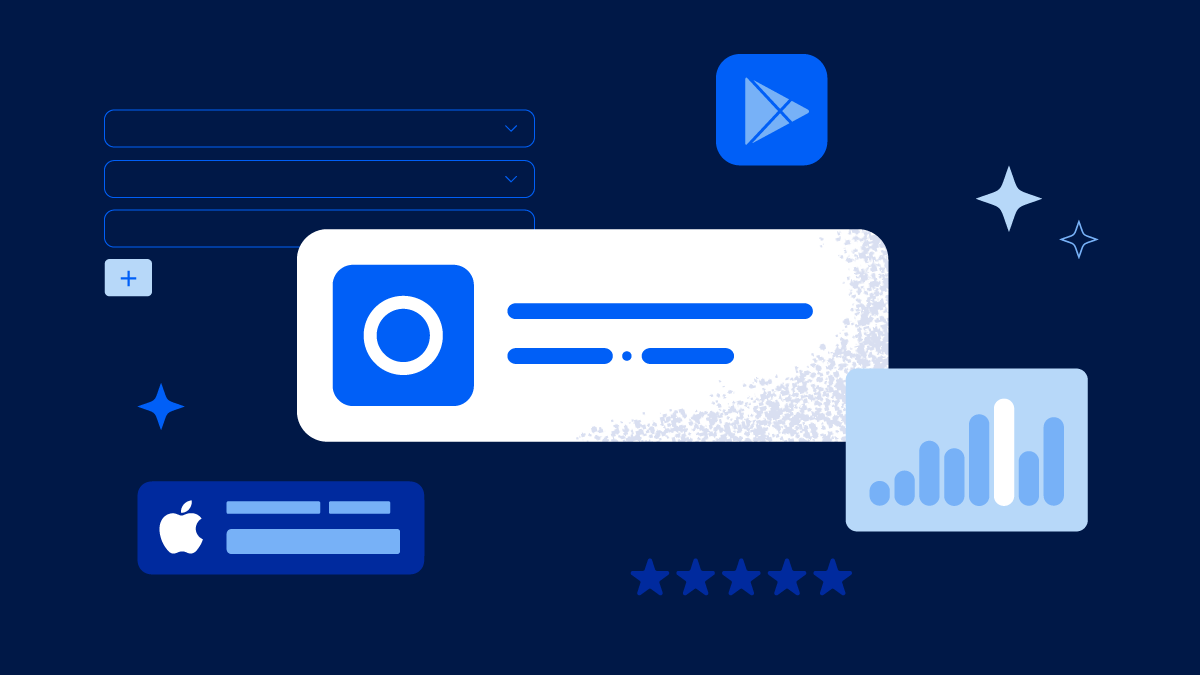





![Case Study: How We Helped [Client] Scale with a Custom Mobile App](https://uxdlab.com/wp-content/uploads/2025/08/case.png)


